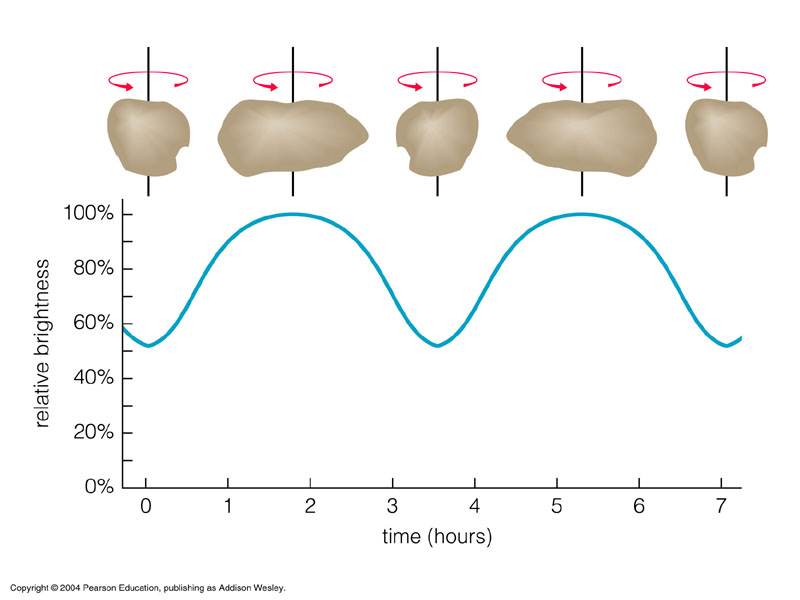How to get involved to the project
Are you a professional or a motivated amateur astronomer? Do you have access to a professional astronomical observatory or you have your own astronomical equipment along with a CCD camera? Then, this project suits you perfectly. In order to get involved in our project follow the instructions and guidelines, perform the desired observations, submit your data and contribute in the Ancient Asteroids project.
Instrumental Requirements
The asteroids, that are going to be observed, are quite faint and therefore serious equipment is required in order to achieve high signal-to-noise (S/N) ratio. Please, see the below the minimum requirements that are eligible to allow you getting involved in our project.
Minimum instrumental requirements:
- A telescope with aperture at least 30-40 cm in diameter. No special preference for the telescope type (refractor or reflector).
- A digital CCD/CMOS camera with high QE (>60%). No filters are required. Clear aperture is prefered, in order to increase the recorded signal.
- A signal-to-noise ratio higher than 50 is required. S/N > 50 is highly suggested.
- An accurate time recording device, set to Coordinated Universal Time (UTC). This could be an online NTP server or GPS time recording device. For example, you can download and install the following application: NetTime
Observing limitations:
- Capability to detect faint objects, greater than 14 mag, in less than 5 min exposure time.
- Exposures cannot exceed 5 minutes, as the asteroid rotates fast the the light curve shape is rapidly distorted.
- The telescope and digital camera should produce image scale greater than 2 arcsec/pixel [use the formula: Scale = (pixel size in mm)*206265/(focal length in mm)].
- There is no special preference in binning mode (1x1, 2x2, 3x3 or other), as long as the above criterion is meet.
What to Observe
The purpose of the campaign is to collect photometric observations in optical wavelengths, of asteroids that belong to old collisional families. The observations will be used to produce light curves (see Figure below), which are the results of the asteroid’s rotational and morphological properties.
The rotation of an irregular 3D object, causes different areas to reflect sunlight towards the observer. This results in variable brightness of the observed object. Careful analysis of the periodicity, amplitude and light curve shape reveals the rotational and morphological characteristics of asteroids.
The sample of asteroids, which are subject to be observed in the frame of Ancient Asteroids Project, can be found under the List of Primordial Family members
